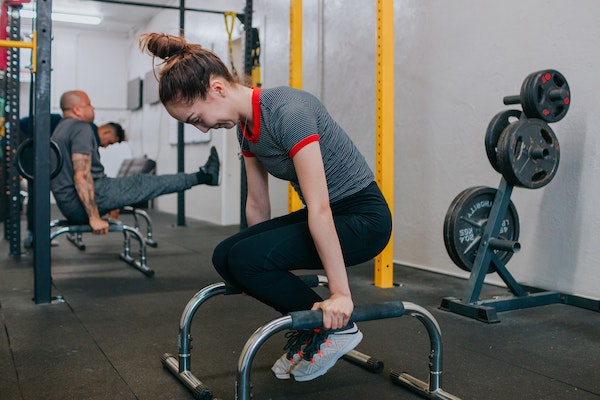Words: Charlotte EDMOND
Whether team sports are your thing, you like a bit of Zumba, or you’re more into a solo jog, everybody needs to get a bit of exercise in their life. There’s plenty of evidence to show the benefits are both physical and mental exercise.
But, despite most of us knowing we need to get our hearts going a bit; many people still struggle to get themselves moving. And, the flood of information about what you should be doing, when, and for how long can make the whole idea of exercise quite intimidating. Globally, 1 in 4 people don’t do enough physical activity.
So, here’s what you need to know to get started.
The amount and type of exercise recommended changes depending on age.
WHO Recommendations
The World Health Organisation [WHO] and other health bodies around the world recommend adults up to the age of 65 should be doing at least 150 minutes of moderate-intensity physical activity a week, or 75 minutes of vigorous activity.
Children should do at least an hour a day of moderate activity.
But, people of all ages benefit from doing more than those minimum levels. The WHO recommends adults increase their moderate physical activity to 300 minutes a week for additional health benefits.
The intensity of the activity will be different for each person, depending on fitness levels, but each session should last at least 10 minutes to have the best benefits.
Research suggests that even a bit of exercise is better than none at all though. If everyone achieved the minimum recommended exercise levels, around a sixth of early deaths from causes like cancer and cardiovascular disease could have been prevented, as a recent study suggests. And, 10 per cent of deaths would have been avoided if adults had achieved half the recommended level — that equates to about 10 minutes a day.
Getting two to four times the recommended amount of exercise saw a reduction in mortality rate of around a quarter to a third, according to another study.
It doesn’t matter how you get those minutes of exercise — they should include muscle-strengthening activities on major muscle groups, at least twice a week, as the WHO recommends.
But, that doesn’t have to mean going to the gym — it could include yoga, Pilates, gardening, or just carrying some heavy shopping bags.
Generally, it is recommended to undertake a mixture of strengthening, stretching, balance and aerobic exercises.
Some research suggests that team activities have a bigger impact on life expectancy than solo pursuits.
Much of the research into exercise focuses on the physical health benefits — and, there is plenty of evidence to show how regular exercise, in particular, cuts risks of cancers and cardiovascular disease. It also cuts the chances of falls and decreases the likelihood of complications and illnesses in pregnancy and birth.
And, it has benefits for your brain, boosting memory and mood. Exercise could also be a useful tool in tackling some depression, anxiety and distress — potentially as effective as medicine, or therapy.
Up Your Microbiome
Your microbiome, which we increasingly understand, has a role in much of our body’s functioning and well-being. It is also improved through exercise. And, as an aside, new research has shown some mice have microbes in their guts that motivate them to exercise more — and, the same might be true for humans.
Improving societal health is a top priority for governments worldwide, particularly given the burden many healthcare systems are under. As the World Economic Forum’s Global Health and Healthcare Strategic Outlook outlines, disruptions caused by the pandemic have combined with environmental, economic and geopolitical challenges to pose a real threat to many healthcare systems.
Low, or decreasing, exercise levels are often seen in wealthier countries, as many people have more leisure time, more sedentary jobs and do less physical work around the home.
Globally, 81 per cent of adolescents aged 11-17 weren’t active enough in 2010, according to the WHO.
Factors such as fears of crime and violence, heavy traffic and pollution and a lack of green spaces and places to exercise can all affect activity levels.
These concerns may feel particularly pertinent to those in cities such as New Delhi, India, which suffers from high levels of pollution, and where local media has been offering advice on how to exercise safely as levels peak.
It seems that doing lots of exercise in polluted areas could offset, or even reverse the beneficial effects of the activity, according to some research. And, it has been suggested in other studies that the benefits of activity on the brain are decreased in higher pollution areas.

